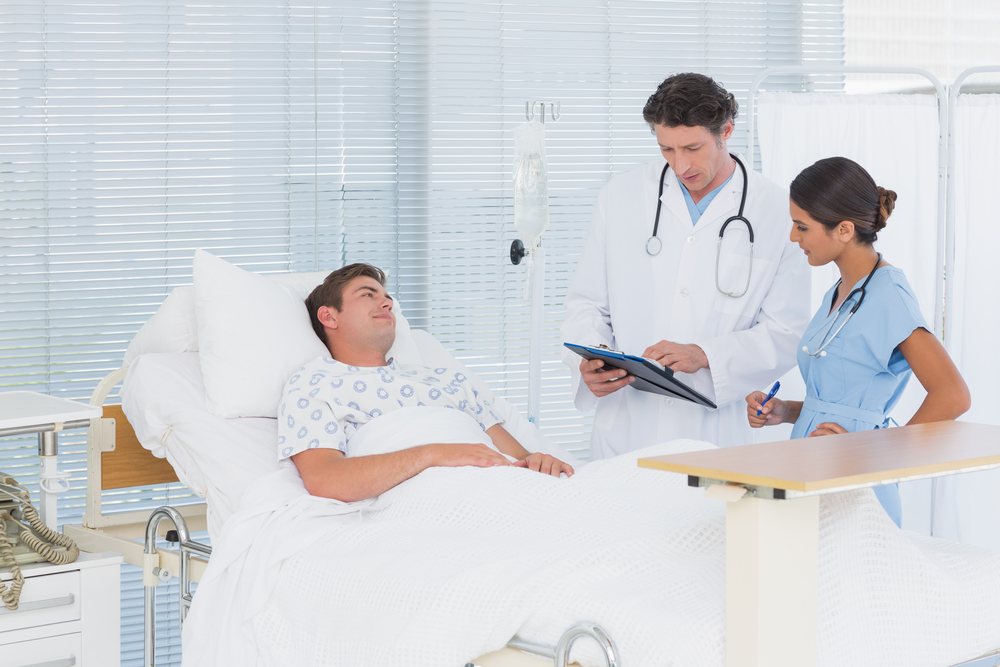Here are a few things to know about walking pneumonia and its symptoms
Walking pneumonia, which is also known as atypical pneumonia, is a bacterial infection that affects your upper and lower respiratory tract. The reason why it is called atypical pneumonia is that usually, it is not as severe as other types of pneumonia. The condition does not cause symptoms that require hospitalization or even bed rest. It can go unnoticed and might just feel like a common cold. Most people diagnosed with walking pneumonia carry on their daily lives.

Walking pneumonia is considered atypical because the cells causing the infection are resistant to penicillin. Penicillin also happens to be the drug that is normally used to treat pneumonia. One of the main reasons of walking pneumonia is mycoplasma pneumoniae. Due to Mycoplasma pneumoniae, a lot of people are usually diagnosed with walking pneumonia. Walking pneumonia usually last somewhere between a week and a month. Usually, walking pneumonia is commonly brought home by children from school. Symptoms may appear two to three weeks later after the families have contracted the infection. Walking pneumonia can be caused by three types of bacteria:
- Chlamydial pneumoniae: Chlamydia pneumoniae is a type of bacteria that can cause illness by damaging the lining of the respiratory tract which includes throat, windpipe, and lungs. Children who are in school have a greater tendency to be infected by chlamydia pneumoniae.
- Mycoplasma pneumoniae: Mycoplasma pneumoniae is a human pathogen that causes mycoplasma pneumonia. It is the most common cause of pneumonia in school-aged children. Also, it is usually milder than other types of pneumonia.
- Legionella pneumoniae: Legionella pneumoniae is one of the most serious types of walking pneumonia. This type of walking pneumonia can lead to both respiratory failure and death as well. It doesn’t spread through person-to-person contact, but it spreads through droplets from contaminated water systems. Legionella pneumonia is also known as Legionnaires disease.
Symptoms of walking pneumonia
The symptoms of walking pneumonia are typically mild and may seem similar to common cold. The symptoms can be gradual at first and may show up after about two weeks of exposure and eventually get worse over the course of a month. The symptoms of walking pneumonia may include sore throat, persistent cough that is dry, inflammation in the windpipe and its main branches as well as headaches. If these symptoms last longer than a week, it may be a sign of walking pneumonia.
Symptoms may also vary based on where the infection is. For example, an infection in the upper respiratory tract will cause more labored breathing, while if there is an infection in the lower respiratory tract that includes the lungs, the symptoms that might appear would be nausea, vomiting, or an upset stomach. Other symptoms of walking pneumonia may include chills, flu-like symptoms, rapid breathing, chest pain, vomiting, wheezing, loss of appetite, labored breathing, and loss of appetite as well. A child infected with walking pneumonia may show symptoms including a cough lasting more than seven days, low-grade fever, labored breathing in severe cases, headache, chills or body aches, feeling of general malaise or discomfort, chest or rib pain, decreased appetite in older children and wheezing as well.
The above is a brief introduction and symptoms of walking pneumonia. Even though the condition is not severe as compared to other types of pneumonia, it is essential to visit a doctor if the above symptoms are observed.




